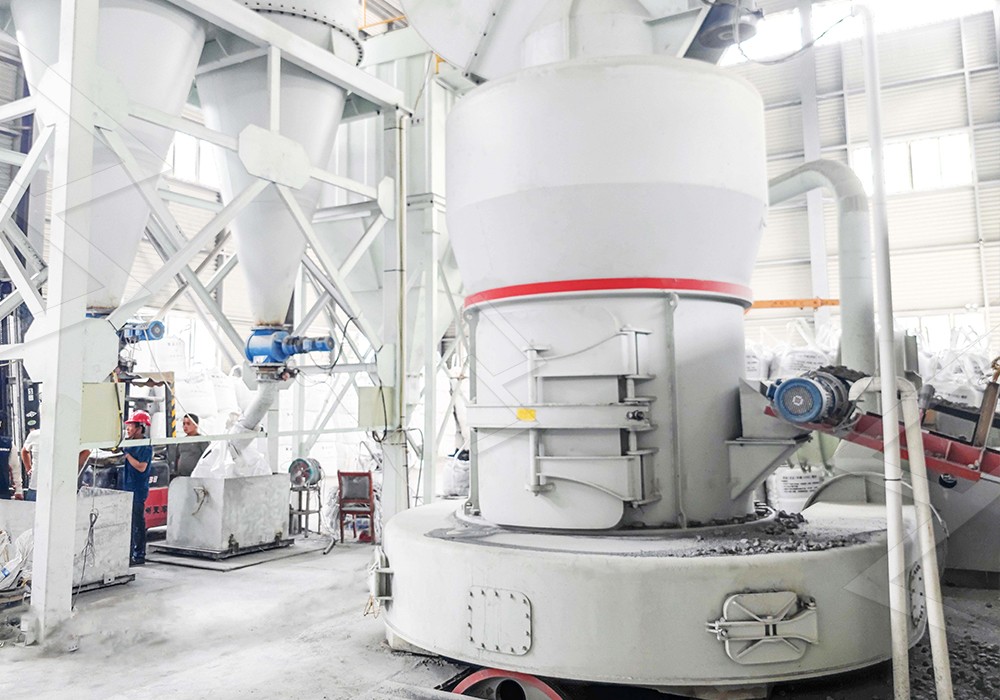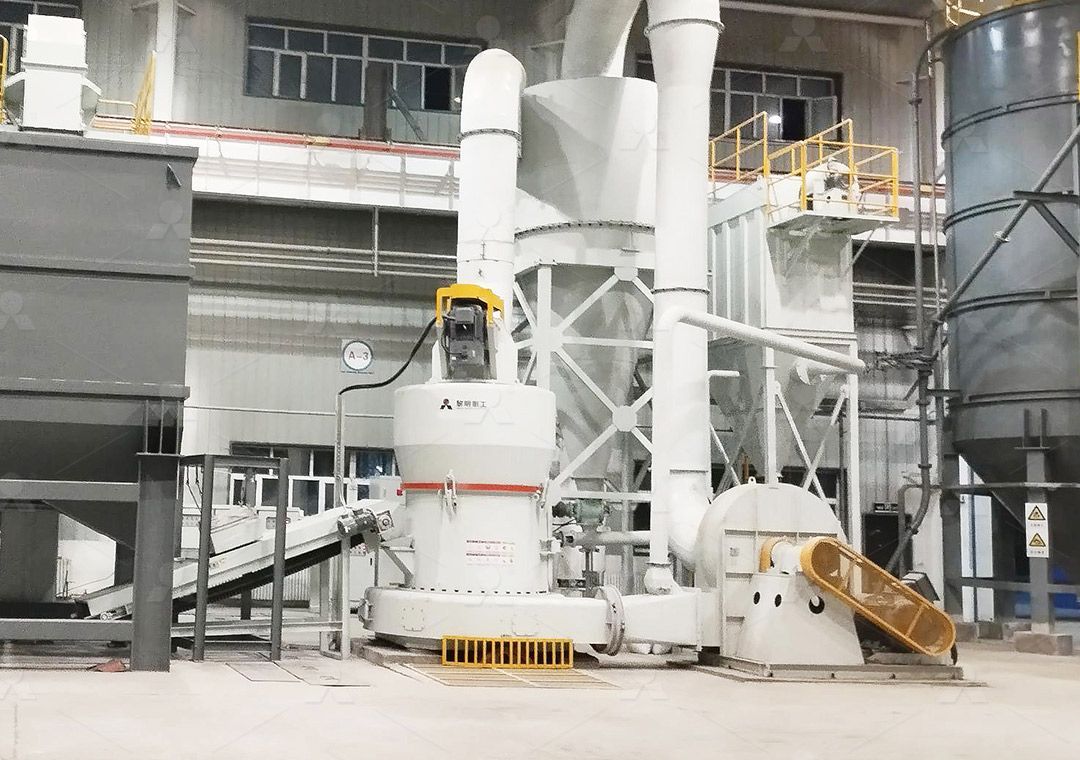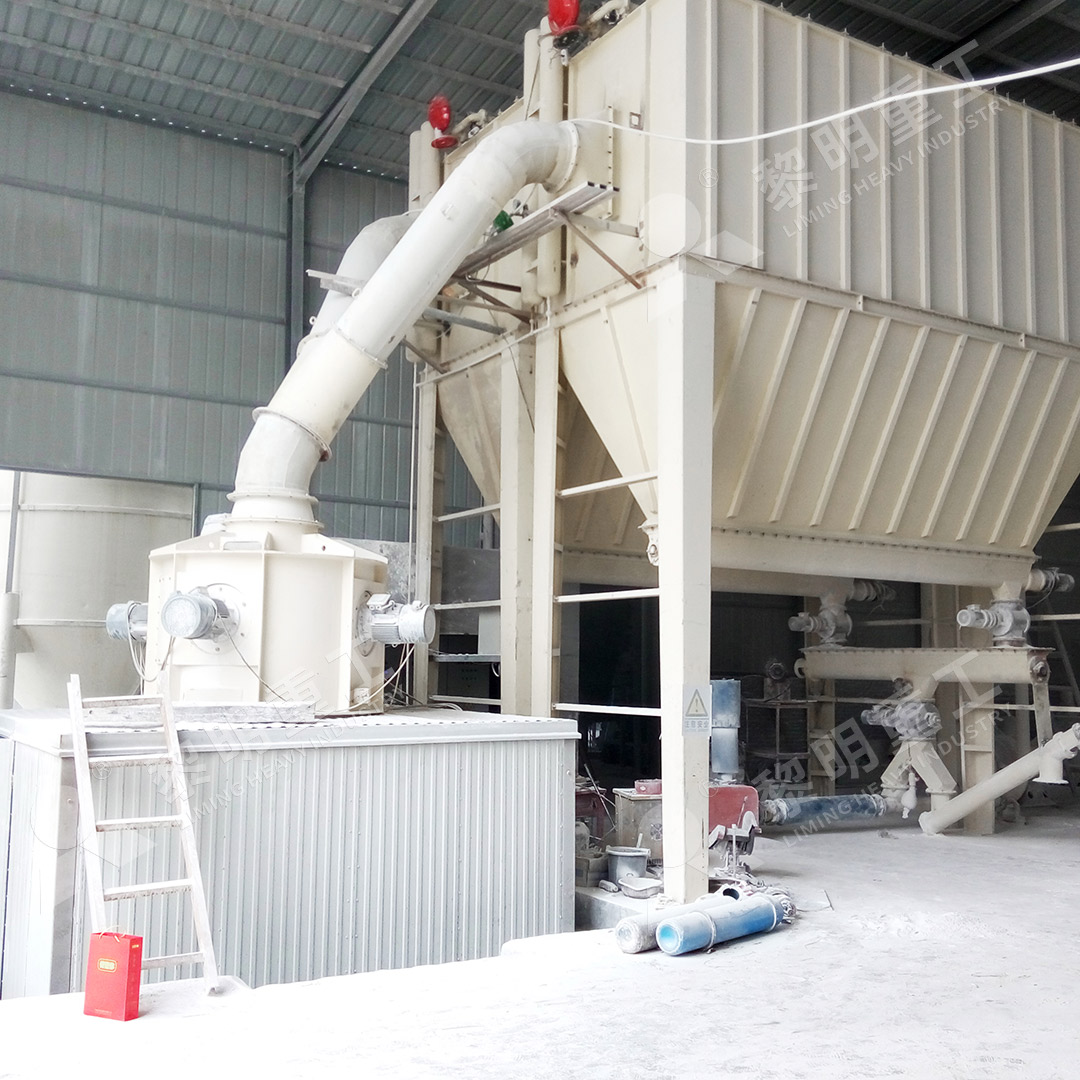Raymond Mill Grinding Process Production Line for Efficient Powder Manufacturing
Raymond Mill Grinding Process Production Line for Efficient Powder Manufacturing
The manufacturing industry’s growing demand for fine powders has made efficient grinding technology more crucial than ever. Raymond mill grinding process production lines represent the pinnacle of powder processing technology, offering manufacturers reliable solutions for transforming raw materials into high-value products across numerous industries.

Modern powder manufacturing requires more than just particle size reduction—it demands precision, consistency, and operational efficiency. The evolution from traditional ball mills to advanced Raymond mill systems has revolutionized how industries approach powder production. These systems integrate multiple processes including crushing, drying, grinding, and classification into seamless production lines that maximize output while minimizing energy consumption and environmental impact.
The Core Components of an Efficient Grinding Line
A complete Raymond mill grinding process production line typically consists of several key components working in harmony. The journey begins with raw material preparation, where crushers reduce large chunks to manageable sizes. From there, vibrating feeders ensure consistent material flow into the grinding chamber—the heart of the entire system.
Within the grinding chamber, the interaction between grinding rollers and rings creates the mechanical force needed to reduce particles to the desired fineness. The precision of this interaction directly impacts both production efficiency and product quality. Advanced systems incorporate automatic control mechanisms that maintain optimal pressure and clearance between these components, ensuring consistent performance throughout extended operation periods.

Advanced Technologies Driving Modern Powder Production
Contemporary grinding lines incorporate several technological innovations that distinguish them from earlier generations of equipment. Digital control systems enable precise adjustment of operational parameters, allowing operators to fine-tune production for specific material characteristics and final product requirements. These systems continuously monitor performance metrics, automatically compensating for variables that could affect output quality.
Environmental considerations have also shaped modern grinding technology. Today’s production lines feature integrated dust collection systems that capture particulate matter before it can escape into the workplace or atmosphere. Similarly, noise reduction technologies create safer, more comfortable working environments while meeting stringent regulatory requirements.
Selecting the Right Equipment for Your Application
Different materials and production requirements call for specialized grinding solutions. For operations requiring ultra-fine powders with precise particle size distribution, the MW Ultrafine Grinding Mill represents an excellent choice. This advanced system handles input sizes up to 20 mm with production capacities ranging from 0.5 to 25 tons per hour. Its innovative design eliminates rolling bearings and screws from the grinding chamber, significantly reducing maintenance concerns while providing adjustable fineness between 325-2500 meshes.
The MW series particularly excels in applications involving limestone, calcite, dolomite, and various industrial minerals. Its efficient pulse dust collector and muffler system ensures environmentally responsible operation, while the German-engineered cage-type powder selector delivers exceptional separation precision. For manufacturers seeking to produce high-value ultra-fine powders for chemical, paint, cosmetic, or food additive applications, this equipment offers compelling advantages in both performance and operational economy.

Another standout option for specialized applications is the LUM Ultrafine Vertical Grinding Mill, which combines Taiwanese grinding roller technology with German powder separation expertise. This system handles slightly smaller input materials (0-10 mm) while delivering 5-18 tph capacity. Its unique roller shell and lining plate grinding curve design promotes efficient material layer formation, enabling high finished product rates through single-pass powder milling.
Optimizing Production Line Performance
Maximizing the efficiency of a Raymond mill grinding process production line requires attention to several operational factors. Proper material preparation ensures consistent feed characteristics, while regular maintenance preserves equipment performance and extends service life. Modern systems incorporate diagnostic capabilities that alert operators to potential issues before they escalate into costly downtime.
Energy consumption represents another critical consideration. Advanced grinding lines achieve remarkable efficiency through optimized mechanical designs and intelligent control systems. The MW Ultrafine Grinding Mill, for instance, demonstrates system energy consumption approximately 30% of comparable jet grinding mills while delivering 40% higher production capacity under equivalent fineness and power conditions.
Frequently Asked Questions
What materials can be processed using Raymond mill grinding lines?
These systems handle diverse materials including limestone, calcite, dolomite, gypsum, barite, marble, talc, coal powder, and various industrial minerals. Specific equipment may have specialized capabilities for particular material types.
How does the MW Ultrafine Grinding Mill achieve its precision?
The MW series incorporates advanced cage-type powder selector technology originally developed in Germany, which enables precise control over particle size distribution. The system allows fineness adjustment between 325-2500 meshes with screening rates achieving d97≤5μm in a single pass.
What maintenance advantages do modern grinding systems offer?
Contemporary designs like the MW Ultrafine Grinding Mill eliminate rolling bearings and screws from the grinding chamber, significantly reducing failure points. External lubrication systems enable maintenance without shutdown, supporting continuous 24-hour operation.
How do these systems address environmental concerns?
Integrated pulse dust collectors effectively contain particulate matter, while silencers and noise elimination technologies reduce acoustic emissions. Modern grinding lines operate fully compliant with national environmental protection standards.
What production capacities can be expected from these systems?
Capabilities vary by specific equipment. The MW Ultrafine Grinding Mill, for example, offers throughput from 0.5 to 25 tons per hour, while other models in our product range accommodate different production requirements.
